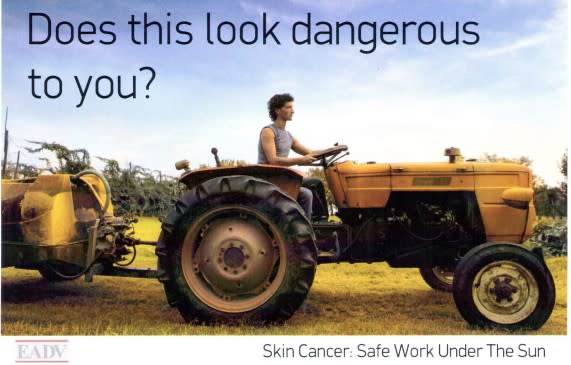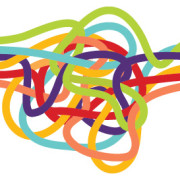- Science News
- Health
- Safe Work Under the Sun
Safe Work Under the Sun

European outdoor workers are at great risk of developing non-melanoma skin cancer – so great that statistically speaking, in long-term outdoor workers, some 75-90% will develop the disease over their life time. While the numbers are startling, so is the lack of awareness of the situation. Ironically this lack of awareness is especially prevalent among outdoor workers, i.e. the people most at risk of developing non-melanoma skin cancer as a result of their occupational sun exposure. Given that skin cancer is in fact preventable, it seems an opportunity missed by not adequately informing individuals and adopting better workplace practices. Protecting workers from overexposure to UV makes total sense when we think about the savings in subsequent healthcare cost burden and even more importantly, avoidance of individual suffering and familial stress caused by skin cancer.
At this year’s European Academy of Dermatology and Venerology (EADV) Congress, Prof. Swen Malte John (Professor and Chairman at the Department of Dermatology, Environmental Medicine, Health Theory, University of Osnabrueck, Germany), explained the situation: “Solar UV irradiation is now classified as a group 1 carcinogen by the WHO, being in the same category as cigarette smoking, asbestos and plutonium, yet there is no legislation in place to protect outdoor workers from over exposure”. Putting this into perspective, it is almost the equivalent of nuclear power plant workers and workers involved in asbestos removal having no regulations in place to protect them, yet, this is the situation faced by outdoor workers.
As explained by Prof. John, in the EU, some 14.5 million workers spend more than 75% of their working time outdoors. The EADV has lodged the “Safe Work Under the Sun” campaign with the European Union to promote healthy workplace practices for outdoor workers. It may be some time before any new legislation is implemented and even with legislation in place, change must take place at the individual level in order to achieve the goal of preventing skin cancer. Here is where small changes in behavior can greatly influence on outcome, including where possible, reducing sun exposure during peak hours of UV (between 10 am and 4 pm); wearing tightly woven, loose-fitting clothing, wide-brimmed hats and sunglasses; and using sunscreen.
To learn more about the EADV’s “Safe Work Under the Sun” campaign, see link, or attend the European Dermatology Forum, January 19-21 in Montreaux, Switzerland.
Judy Mielke, PhD, Editorial Program Manager and Journal Manager for Frontiers in Medicine
Acknowledgement: My gratitude to Prof. Swen Malte John and Nikos Manaras for their feedback on this blog post; to EADV for granting me access to the congress.







